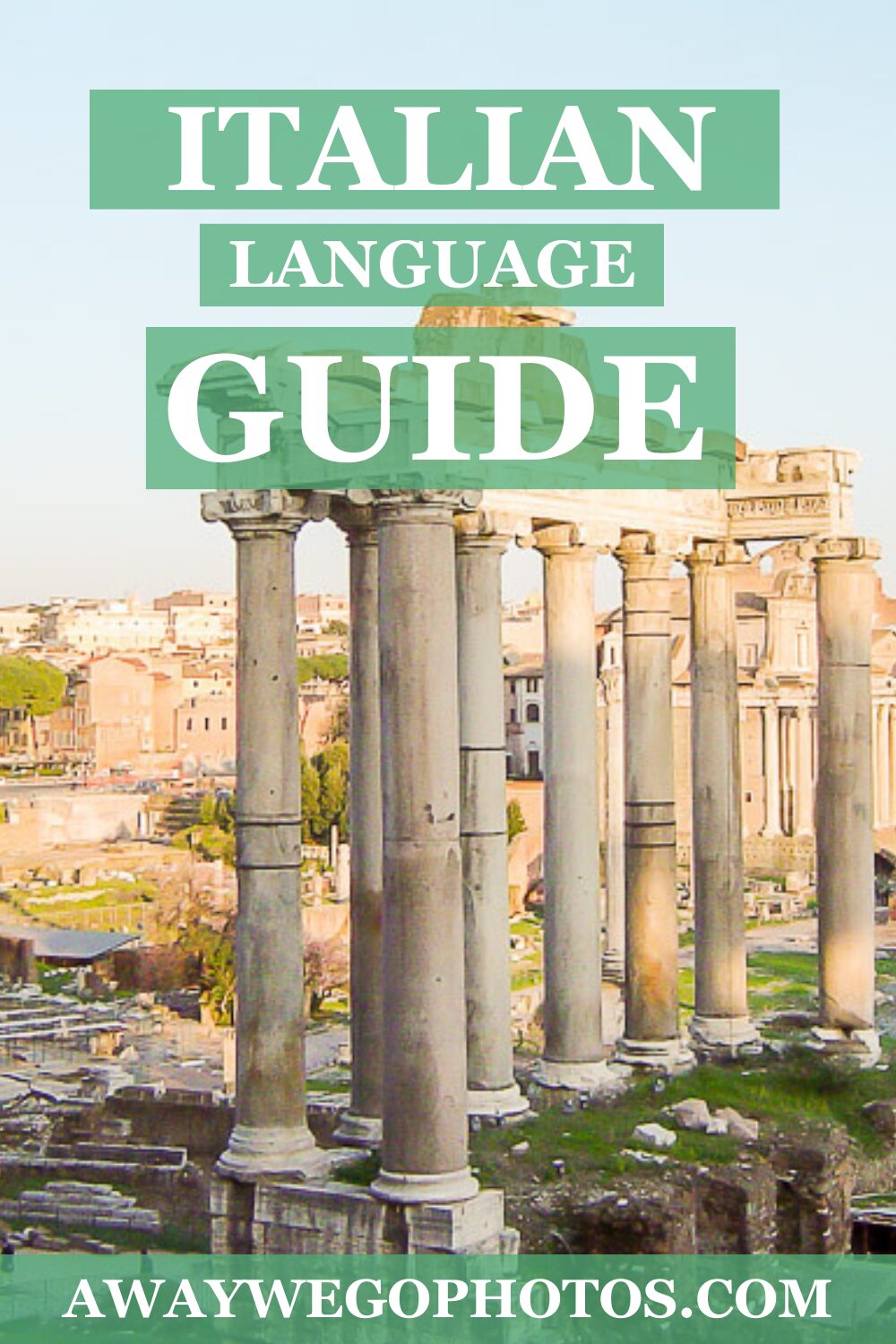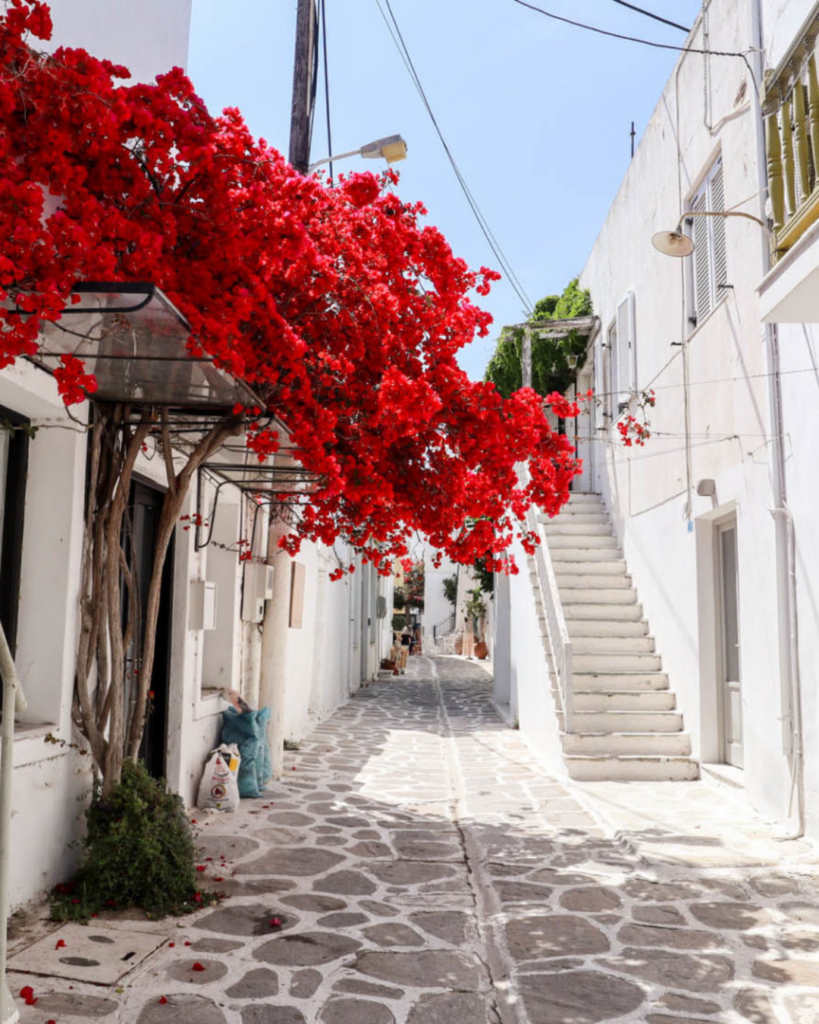440
Days of the Week in Italian
Months of the Year in Italian
Italian Numbers
Italian Travel Phrases

Welcome to learning Italian language!
Do you want to learn Italian language, where you will be able to speak the language when you visit, or do you just want to learn it? No problem either way!”
10 Facts about Italian Language
- Romance Language: Italian is a Romance language, belonging to the same language family as Spanish, French, Portuguese, and Romanian.
- Derived from Latin: Italian evolved from Latin, the language of ancient Rome, and retains many similarities with its parent language.
- Standardized in the 13th Century: The modern Italian language was standardized in the 13th century by Tuscan poet Dante Alighieri, whose works, including the Divine Comedy, helped establish Tuscan dialect as the literary standard.
- Official Language: Italian is the official language of Italy, San Marino, Vatican City, and parts of Switzerland.
- Regional Variations: Italy has numerous regional dialects and accents, reflecting its diverse history and geography.
- Phonetically Consistent: Italian is known for its phonetic consistency, with words generally pronounced as they are spelled.
- Vowel Richness: Italian has a relatively simple vowel system, consisting of seven vowel sounds, which contribute to its melodic and musical quality.
- Verb Endings: Italian verbs are conjugated to indicate tense, mood, and person, with regular patterns for conjugation and irregular verbs to memorize.
- Gendered Nouns: Italian nouns are gendered as masculine or feminine, with articles and adjectives agreeing in gender and number.
- Importance of Gestures: Italians are known for using gestures to complement their speech, with hand movements and facial expressions adding nuance and emphasis to communication.
Italian Words
| Italian | Meaning |
|---|---|
| Ciao | Hello / Hi / Bye |
| Grazie | Thank you |
| Prego | You’re welcome |
| Per favore | Please |
| Scusa | Excuse me / Sorry |
| Sì | Yes |
| No | No |
| Buongiorno | Good morning |
| Buonasera | Good evening |
| Arrivederci | Goodbye |
Days of the Week
| Italian | Meaning |
|---|---|
| Lunedì | Monday |
| Martedì | Tuesday |
| Mercoledì | Wednesday |
| Giovedì | Thursday |
| Venerdì | Friday |
| Sabato | Saturday |
| Domenica | Sunday |
Months
| Italian | Meaning |
|---|---|
| Gennaio | January |
| Febbraio | February |
| Marzo | March |
| Aprile | April |
| Maggio | May |
| Giugno | June |
| Luglio | July |
| Agosto | August |
| Settembre | September |
| Ottobre | October |
| Novembre | November |
| Dicembre | December |
Numbers
| Italian | Meaning |
|---|---|
| Uno | One |
| Due | Two |
| Tre | Three |
| Quattro | Four |
| Cinque | Five |
| Sei | Six |
| Sette | Seven |
| Otto | Eight |
| Nove | Nine |
| Dieci | Ten |
| Cento | One hundred |
| Mille | One thousand |
| Un milione | One million |
Italian Phrases
| Italian | Meaning |
|---|---|
| Parla inglese? | Do you speak English? |
| Dove si trova il bagno? | Where is the bathroom? |
| Quanto costa? | How much does it cost? |
| Vorrei questo, per favore. | I would like this, please. |
| Mi scusi | Excuse me |
| Non capisco | I don’t understand |
| Può aiutarmi? | Can you help me? |
| Un tavolo per due, per favore. | A table for two, please. |
| Dove si trova la stazione? | Where is the train station? |
| Ho bisogno di un dottore. | I need a doctor. |
Italian Grammar and Syntax
- Subject-Verb-Object Order: Italian typically follows a subject-verb-object (SVO) word order in declarative sentences. For example, “Marco mangia la pizza” (Marco eats the pizza).
- Verb Conjugation: Italian verbs are conjugated based on tense, mood, voice, aspect, and person. There are three main conjugations: -are, -ere, and -ire verbs. Regular verbs follow predictable patterns, while irregular verbs have unique conjugations.
- Noun Gender and Number: Italian nouns are gendered as masculine or feminine, and they can be singular or plural. Adjectives and articles must agree in gender and number with the nouns they modify.
- Definite and Indefinite Articles: Italian has definite articles (il, lo, la, i, gli, le) and indefinite articles (un, uno, una, un’). The choice of article depends on the gender, number, and initial sound of the noun.
- Pronouns: Italian pronouns replace nouns in sentences. They include personal pronouns (io, tu, lui/lei, noi, voi, loro), possessive pronouns (mio, tuo, suo, nostro, vostro, loro), and object pronouns (mi, ti, lo/la, ci, vi, li/le).
- Prepositions: Italian prepositions are used to indicate relationships between words in a sentence. Common prepositions include a (to, at), di (of, from), da (from, by), in (in, to), con (with), and su (on, about).
- Conjunctions: Italian conjunctions connect words, phrases, or clauses within a sentence. Common conjunctions include e (and), ma (but), perché (because), se (if), and quando (when).
- Interrogative Forms: Italian uses question words (chi, che, cosa, dove, quando, come, perché) to form interrogative sentences. Inverted word order is often used in yes/no questions.
- Tenses and Moods: Italian verbs are conjugated in various tenses (present, past, future) and moods (indicative, subjunctive, conditional, imperative). Each tense and mood conveys different nuances of meaning.
- Sentence Structure: Italian sentences can vary in structure depending on emphasis and context. While SVO is common, other word orders are possible, especially in literary or poetic language. Additionally, Italian employs relative clauses, passive voice, and other complex structures to convey meaning.
Italian Dialects
Italian dialects are diverse regional languages spoken throughout Italy, each with unique vocabulary, pronunciation, and grammar. They reflect historical, cultural, and geographical influences. From Sicilian to Venetian, these dialects differ significantly from standard Italian and are still used in everyday conversation, especially among older generations.
Swiss Italian vs Italian
- Official Status:
- Swiss Italian is one of four national languages in Switzerland.
- Italian is the sole official language of Italy.
- Region:
-
Swiss Italian is mainly spoken in Ticino and parts of Graubünden.
- Italian is spoken throughout Italy.
-
- Pronunciation:
- Swiss Italian has a clearer, more standard pronunciation.
- Italian has regional accents and dialects that vary widely.
- Vocabulary Differences:
- Swiss Italian includes terms influenced by German and French.
- Italian in Italy often includes regional or dialectal words.
- Formality:
- Swiss Italian tends to be more formal, especially in public administration.
- Italian in Italy can be more casual in everyday contexts.
- Loanwords:
- Swiss Italian borrows from German (e.g., camion for truck).
- Italian in Italy tends to borrow from English more frequently.
- Media and Education:
- Swiss Italian media and schools promote linguistic neutrality.
- Italian media reflect regional variations and cultural diversity.
- Dialects
- Fewer dialects in the Swiss Italian region.
- Italy has hundreds of dialects that vary from town to town.
- Legal Language:
- Swiss Italian uses terms specific to Swiss law and administration.
-
Italian uses Italian national legal terminology.
- Mutual Intelligibility:
- Speakers of both generally understand each other well.
- Differences are subtle and mostly lexical or formal.
Are you ready to learn Italian?



